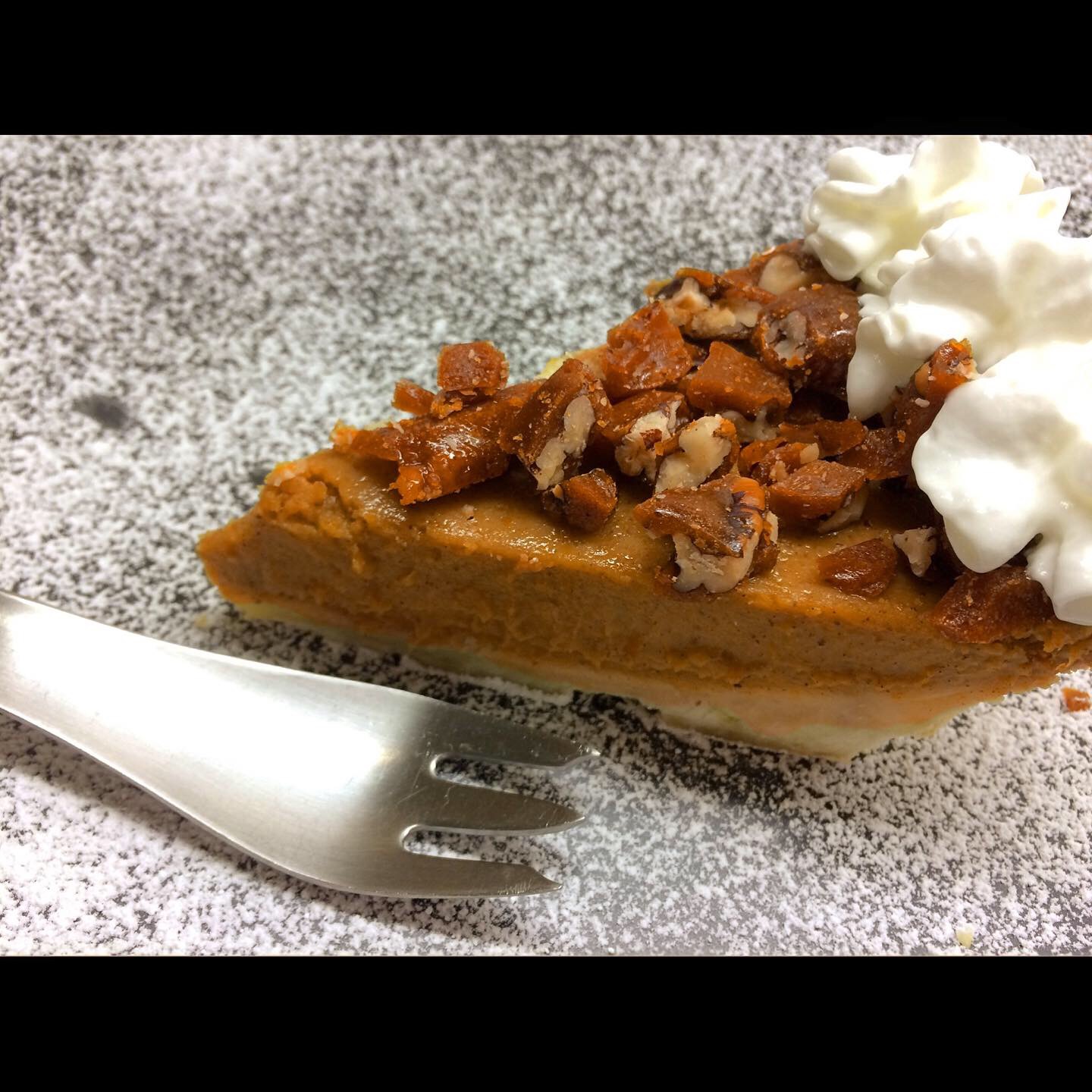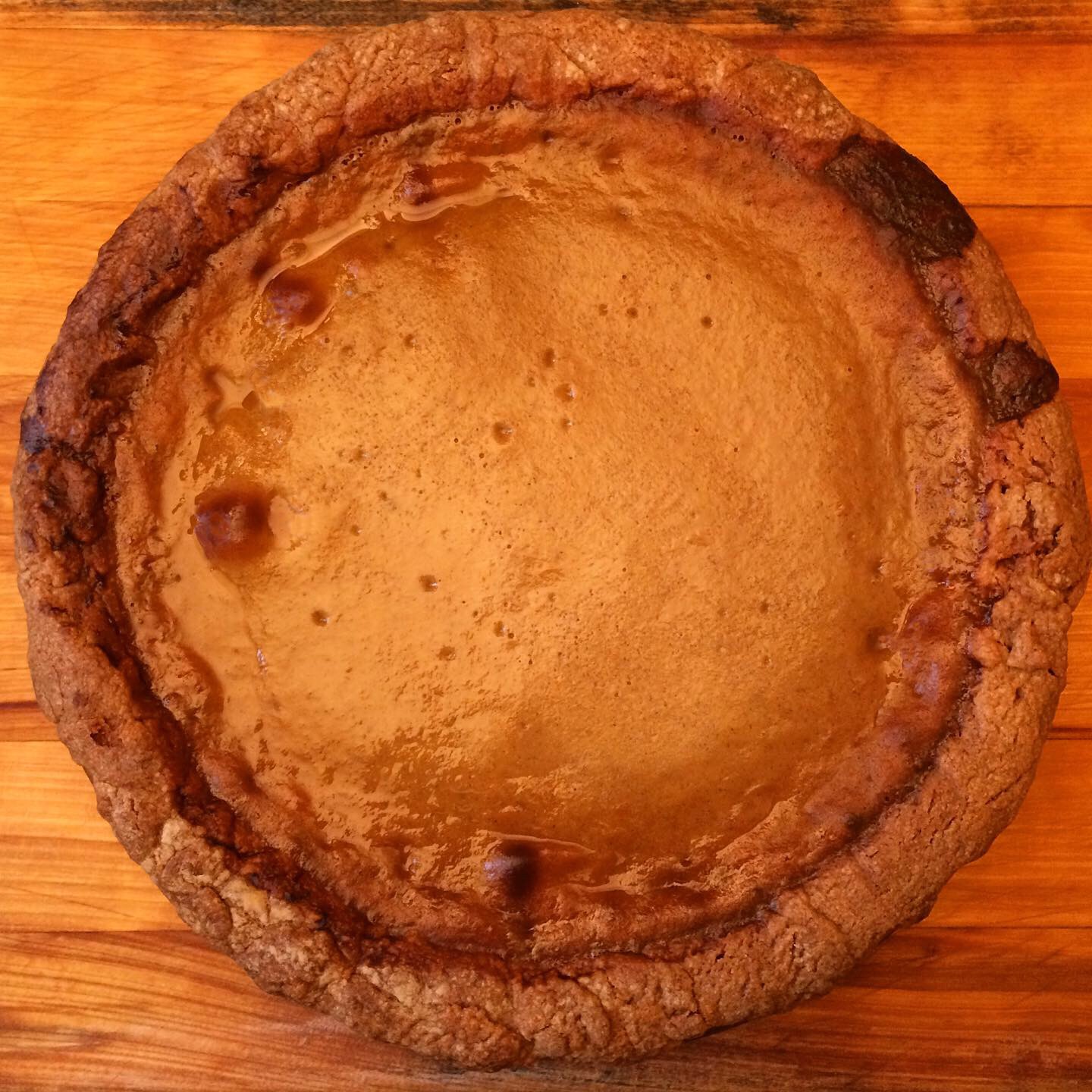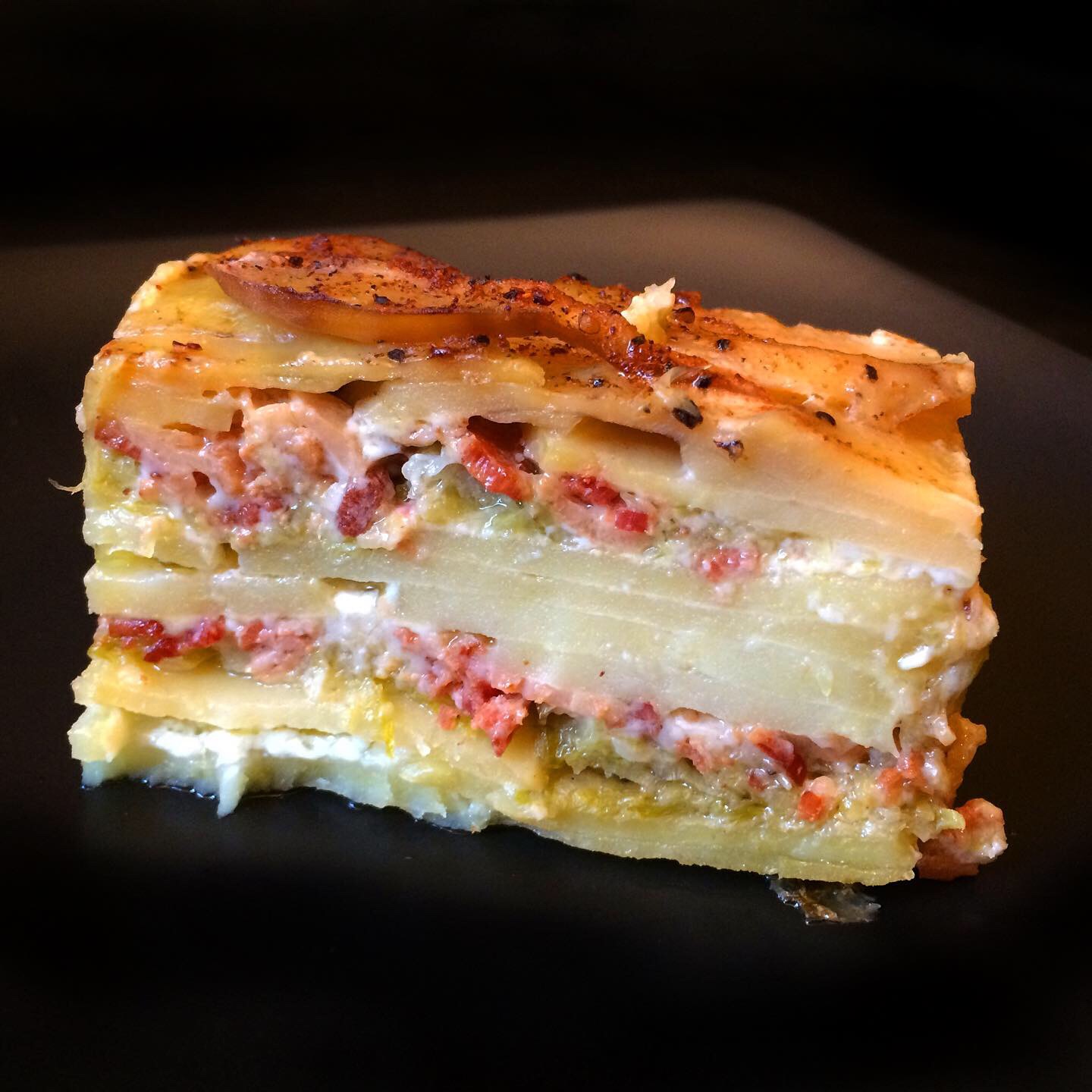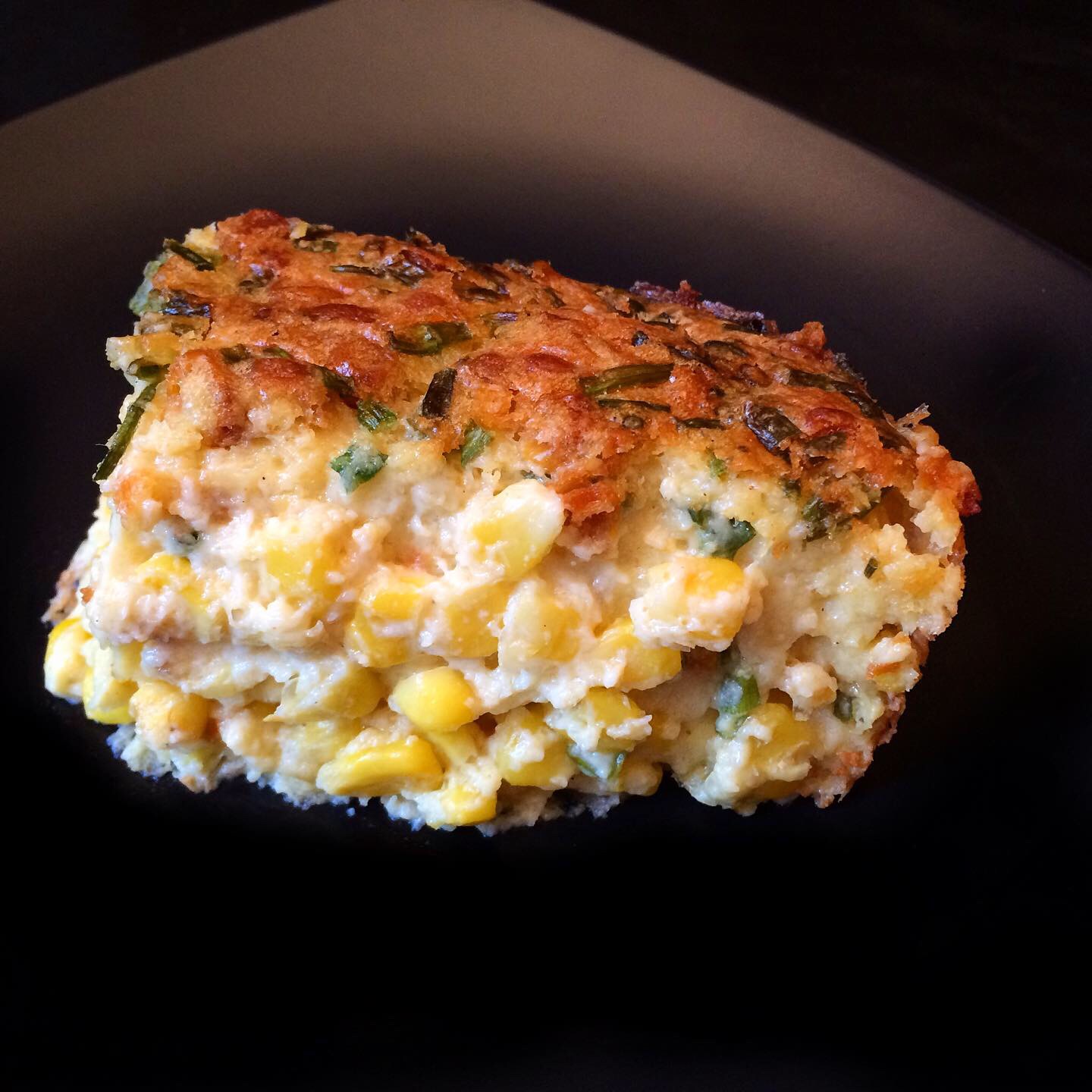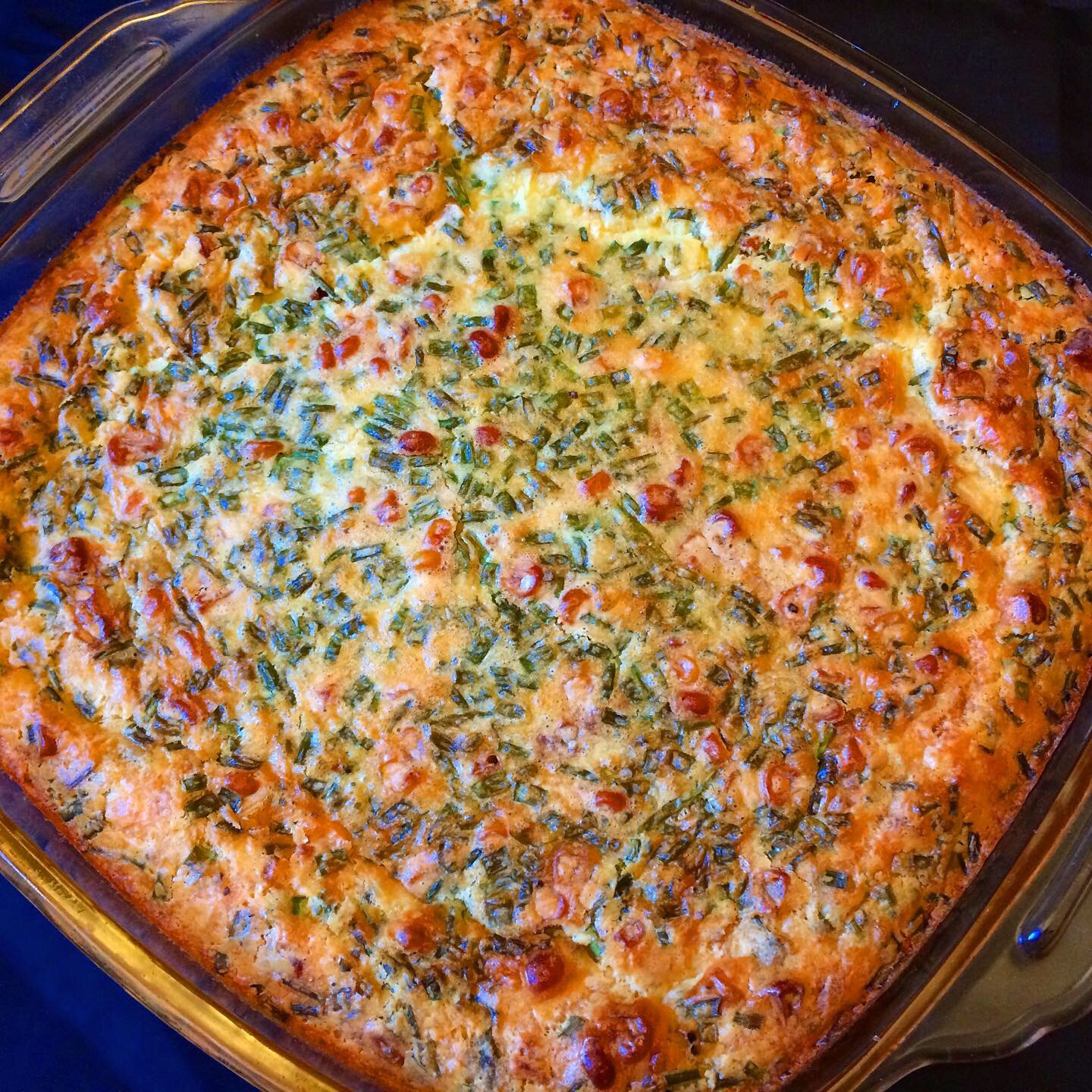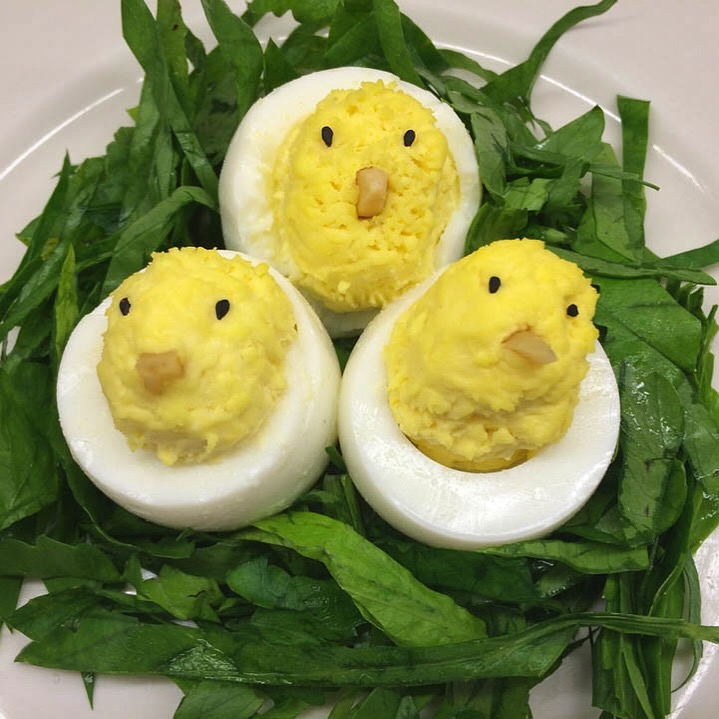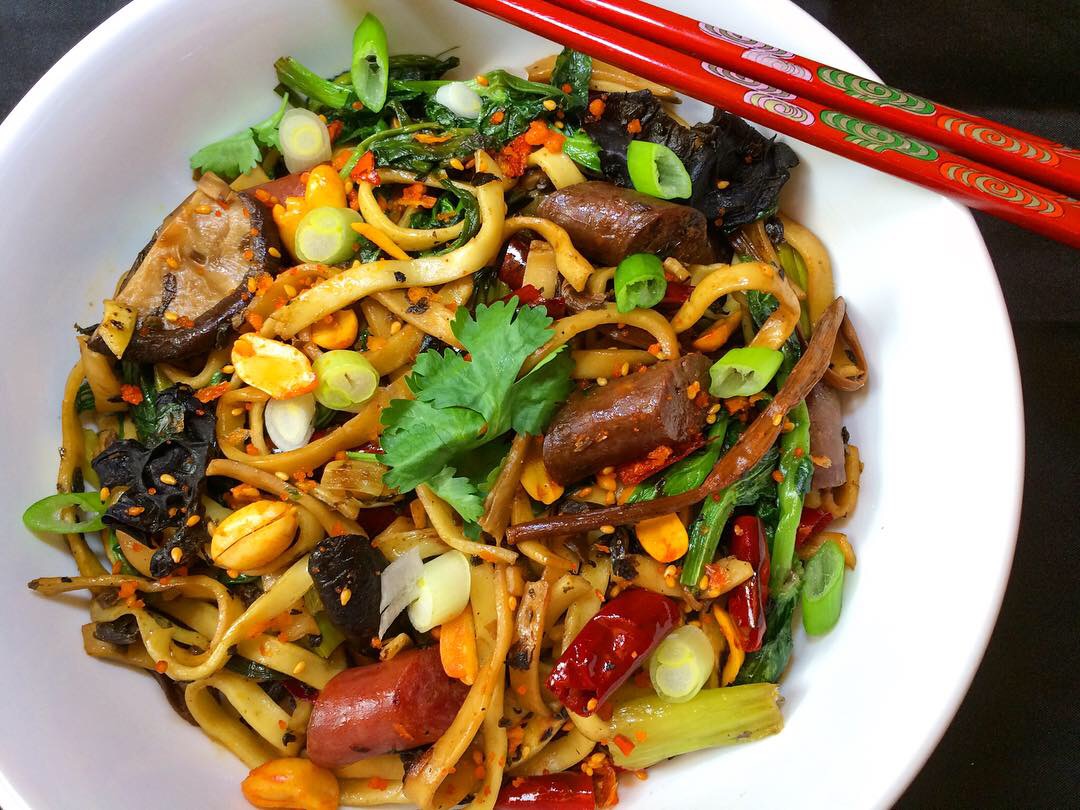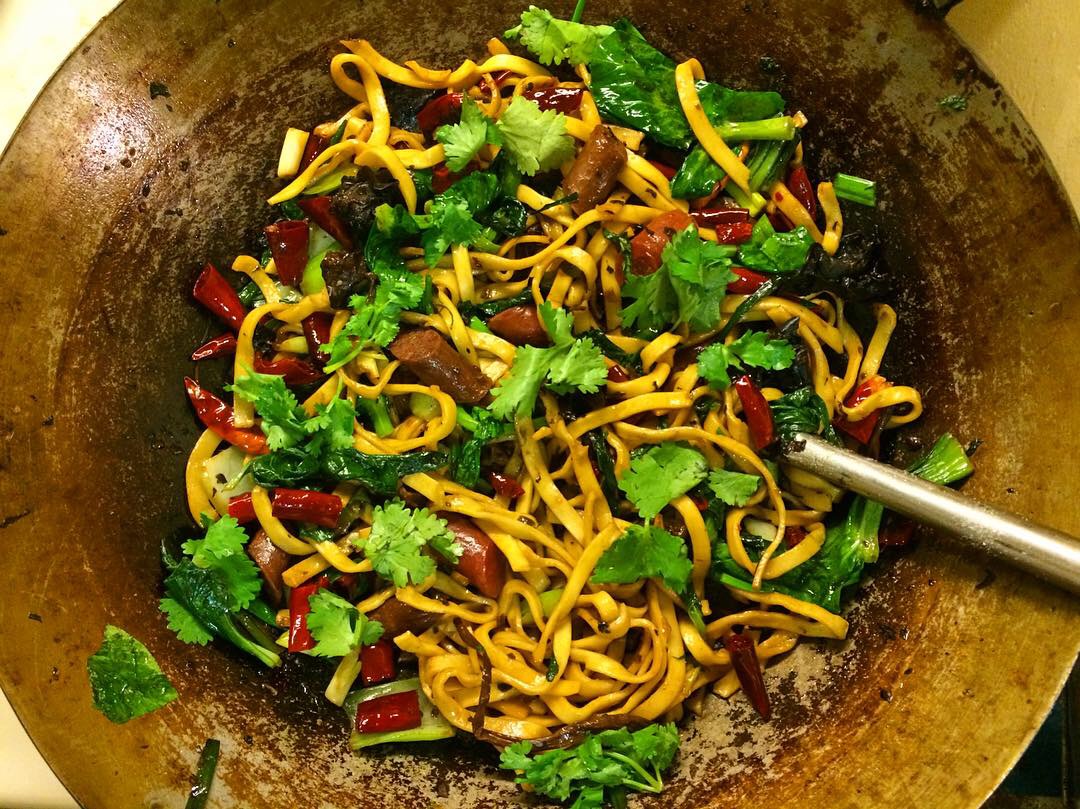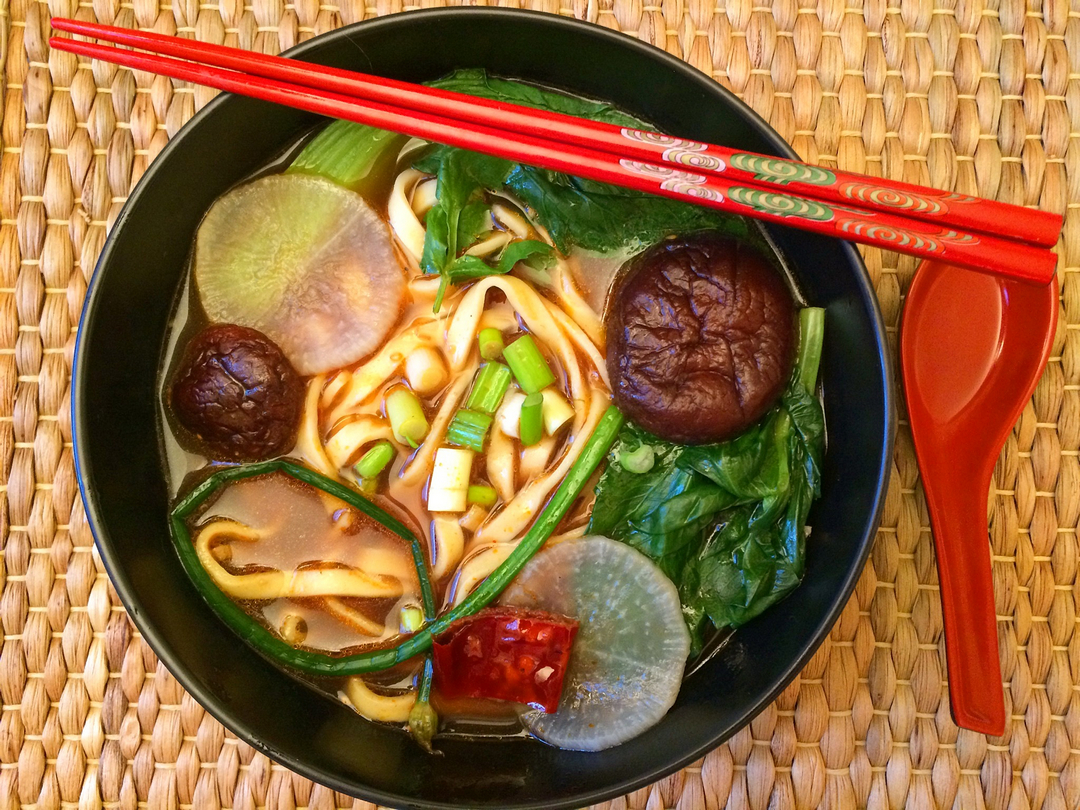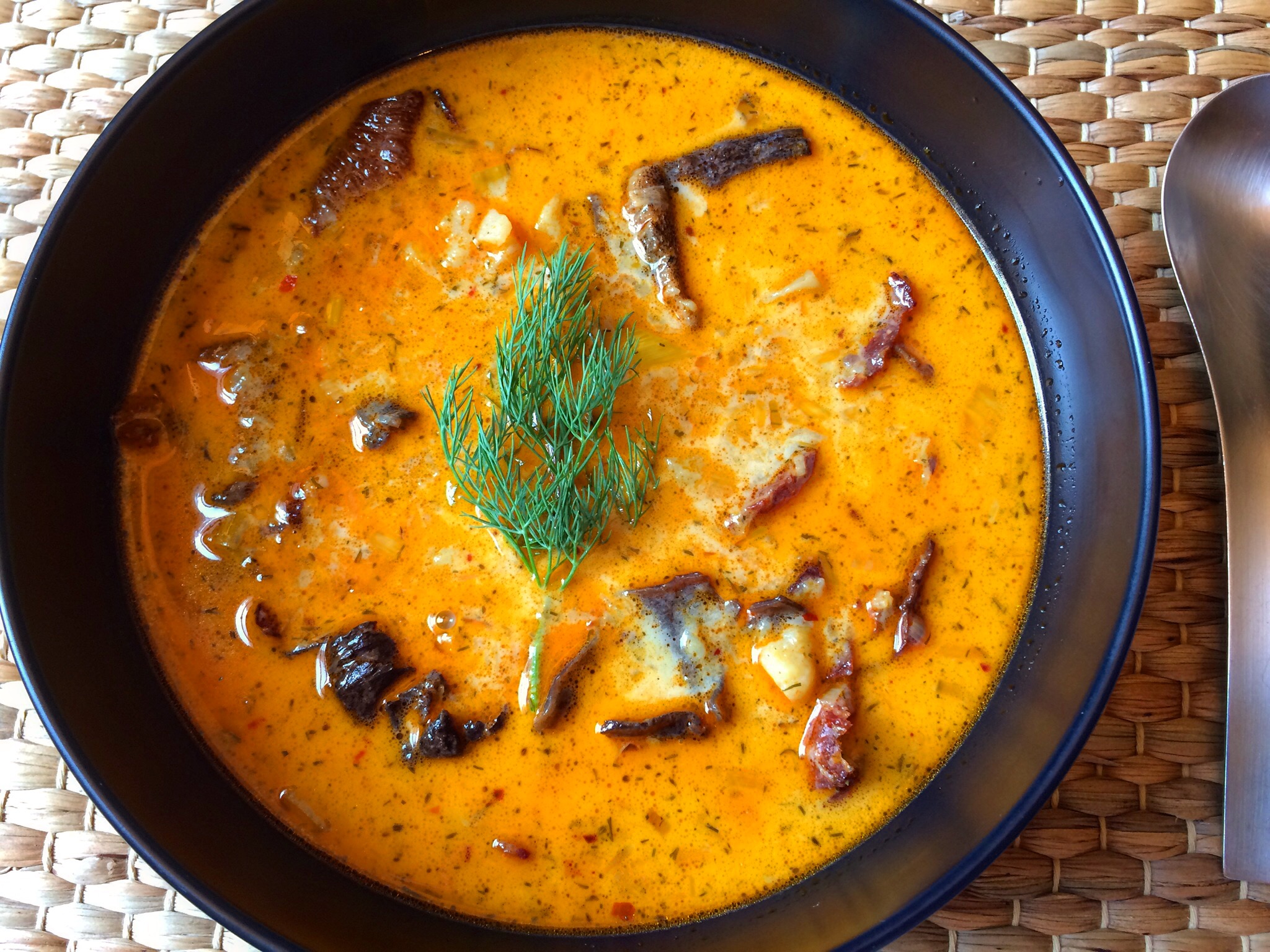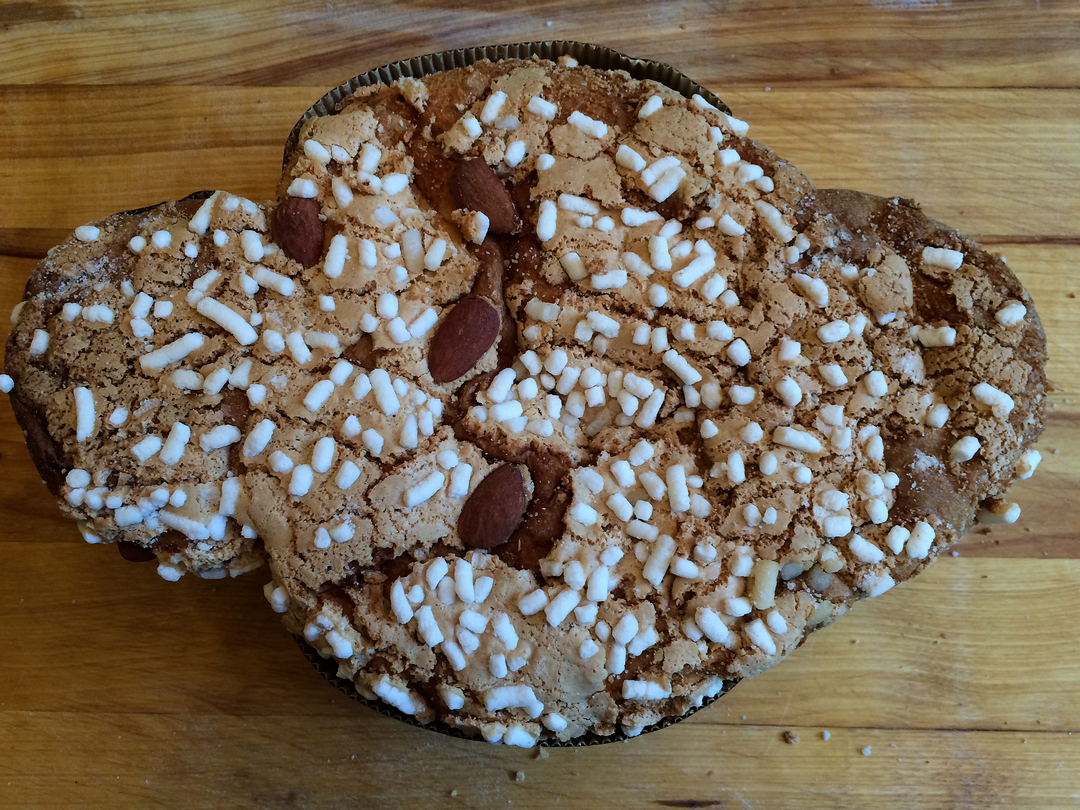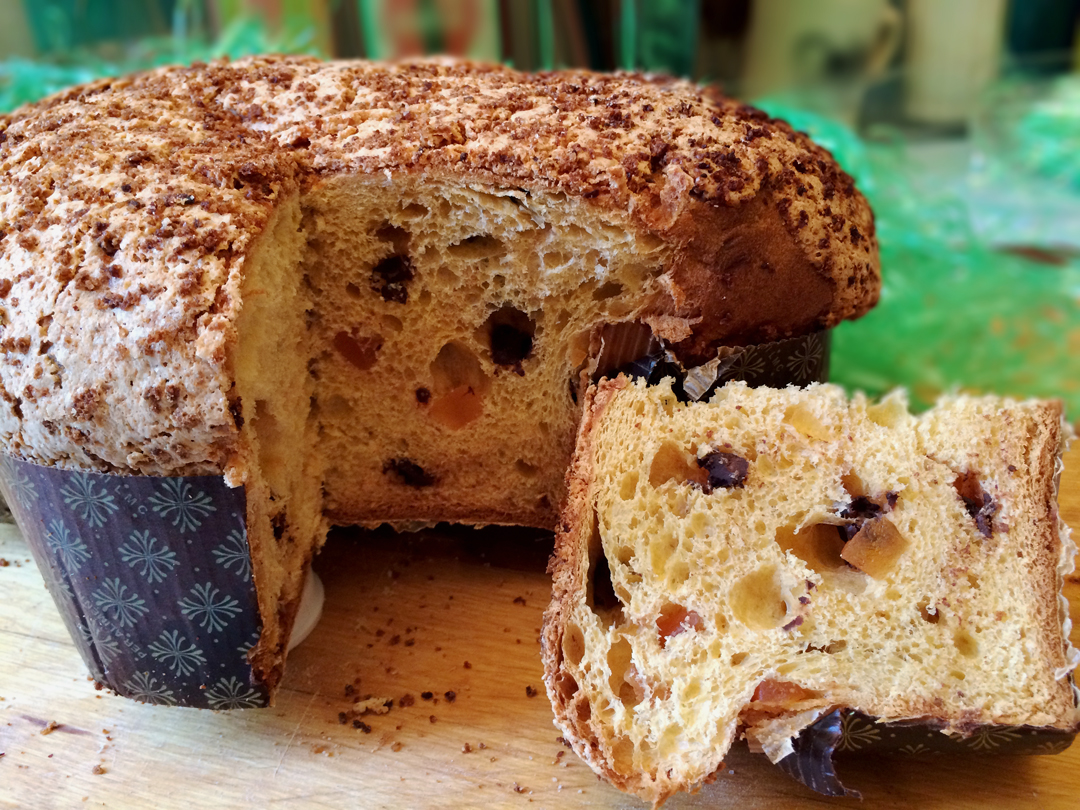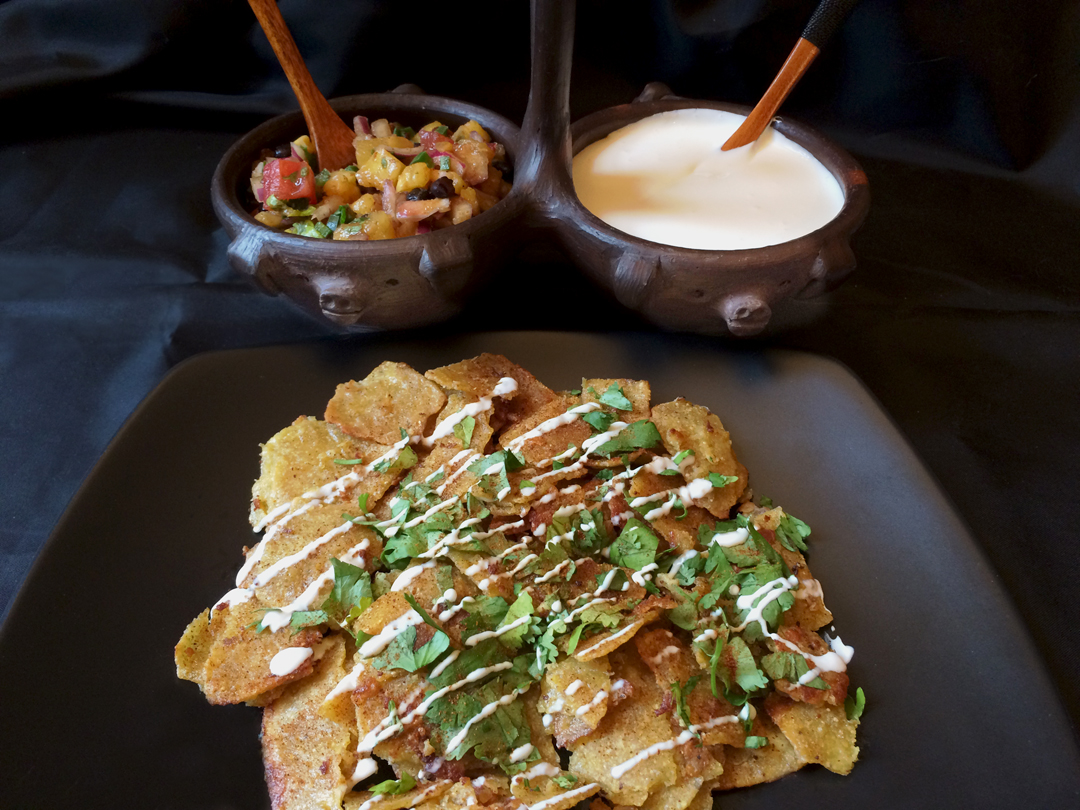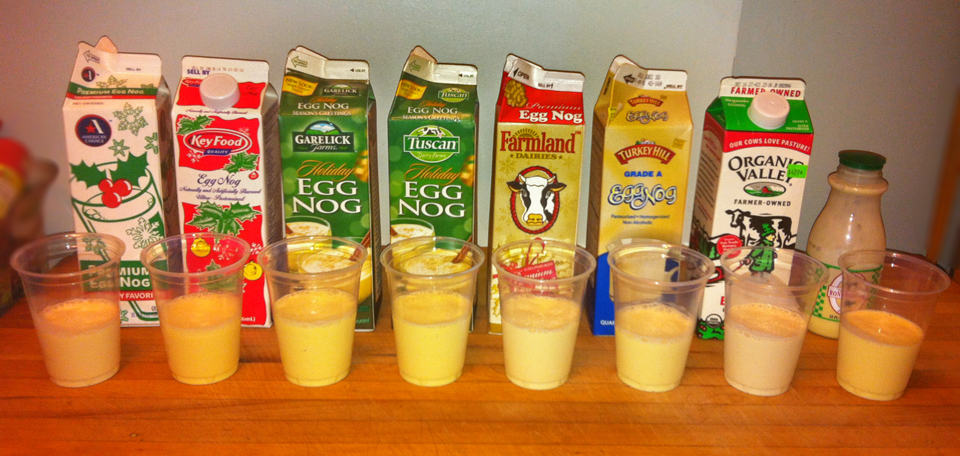
It’s the most wonderful time of the year! That time when folks dust off words like ’tis and ’twas as Bing Crosby croons creaky, arthritic chestnuts with inscrutable lyrics like “Christmas is a-comin’ and the egg is in the nog….”
That one always baffled me. I mean, what else would be in the “nog”?
There is vigorous unresolved debate over the etymology of the word “eggnog” (or phrase “egg nog”, if you prefer), proof that anything so resplendent is worthy of detailed analysis and ultimately obsession. Investigation harkens back to the late 1600s and hypotheses range from the term for a strong ale or possibly the wooden mug it was served in to a scrambled portmanteau of colonial argot, “grog” (rum) and “noggin” (mug). Eggs and dairy never even entered the picture (or perhaps, in this case, the pitcher). A libation did exist, however, called “posset” that was prepared with alcohol, milk, spices, and sometimes eggs, quaffed by the Brits during medieval times, that persisted for centuries. The recipe underwent refinement (as all worthy recipes do) and was surely the forerunner of today’s glorious elixir.
Inevitably, there are those who refuse to be satisfied until they’ve added a little something extra to the standard issue brew: down south, eggnog is often spiked with bourbon, not to mention Southern Comfort, but sherry, brandy, cognac, whiskey, rum, and grain alcohol, individually or in combination, have all managed to stagger into America’s punch bowl. Of course, this wouldn’t be an ethnojunkie post without at least a nod to international mixology, so from Wikipedia: “Eggnog is called coquito in Puerto Rico, where rum and fresh coconut juice or coconut milk are used in its preparation. Mexican eggnog, also known as rompope, was developed in Santa Clara. It differs from regular eggnog in its use of Mexican cinnamon and rum or grain alcohol. In Peru, eggnog is called biblia con pisco, and it is made with a Peruvian pomace brandy called pisco. German eggnog, called biersuppe, is made with beer and eierpunsch is a German version of eggnog made with white wine, eggs, sugar, cloves, tea, lemon or lime juice and cinnamon.” The list goes on. (Speaking of far away places with strange sounding names for things, I have to admit a certain fondness for the French spin on the word for eggnog, lait de poule – hen’s milk.)
All of which raises the question of whether I favor mixing eggnog with alcohol. I was afraid you’d ask. My personal observation is that it’s a waste of good booze and a waste of good eggnog. Unless of course it’s homemade (the nog, not the hooch) but that’s a nag of a different color. This post is about commercial eggnogs, and we’re only considering dairy based entries at that – not soy, rice, coconut, or almond milk nor lactose-free rivals – simply because there would undoubtedly be winners and losers among those categories which would eventually be pitted against “the real deal” and that would only serve to complicate comparisons.
If you’ve read me, you know that I have a few (ha!) guilty pleasures when it comes to holiday food, and for me, nothing heralds the advent of the season like the first appearance of eggnog on supermarket shelves. And snatching it away precipitately as they do every year when the yule log’s embers have barely begun to evanesce only makes the anticipation and craving for next year’s batch more intense.
But which one(s) to buy? Fret not. I and my OCD are here to offer you the benefits of my research and experimentation regarding this happy holiday quandary.
You probably know that flavor variations among brands of eggnog aren’t like those of milk – milk tastes pretty much like milk regardless of the purveyor (there are nuances but they’re not worth considering in this context). The dissimilarities among brands of eggnog, however, are cosmic by comparison; they may as well be different beverages. And to complicate things, a few brands taste radically different from year to year. (My theory is that there is some sort of practice among smaller dairies where they acquire the flavor base from a third party source and blend it with their own milk, but sometimes, for whatever reason, the base changes – perhaps it’s sourced from an alternate supplier, perhaps it’s a mandated change in recipe – hence the extreme annual variance within a single brand. It’s all about that base.) Note also that some brands are local and unique while others are the regional offspring of a national food company that may provide the same product under varying names (see the Garelick and Tuscan cartons above, both brought to you by Dean Foods).
Having read dozens of reviews, I find it fascinating that there is absolutely no critical agreement as to which commercial eggnog tastes best; one reviewer’s nectar of the gods is another’s paint thinner, so it is evident that eggnog’s charms are very much in the mouth of the beholder. My own memories of the bewitching flavor of the Ethereal Eggnog of My Youth remain vivid to this day and are the genesis of the impassioned quest I am about to share with you. But even if you disagree with my personal preferences, you’ll be able to make use of the template I’ve devised in order to develop the ultimate eggnog of your sugarplum dreams.
The Great Nog-Off Schema
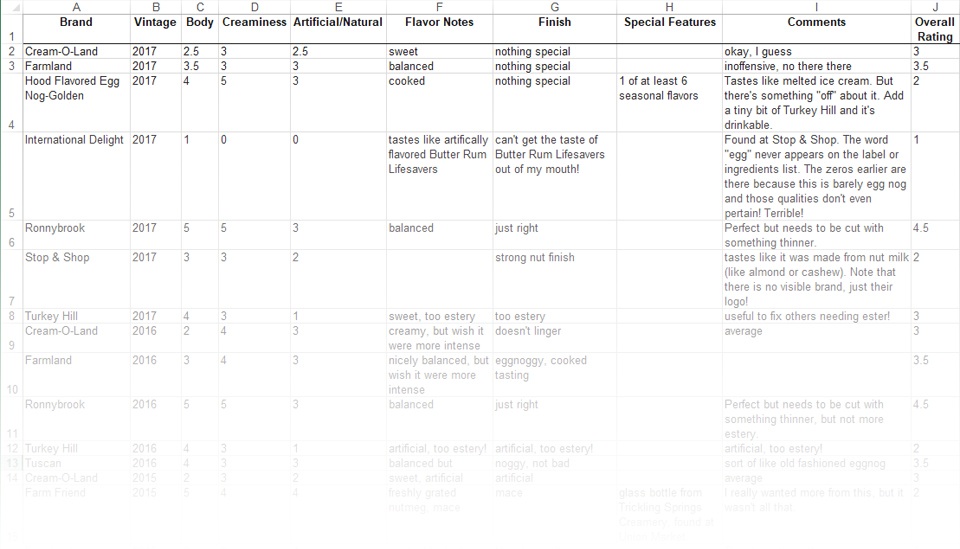
The strategy is to identify significant universal eggnog characteristics and rate how each contender performs in each category. Picture a table, the kind that folks use Excel spreadsheets for even though there are no numbers to crunch but that are ideal for sorting data. Headers across the first row are Brand, Vintage, Body, Creaminess, Artificial/Natural, Flavor Notes, Finish, Special Features, Comments, and Overall Rating. Let’s examine each:
• Brand – seems obvious, but might include subtitles like Hood’s brood of Golden, Caramel, Cinnamon, Sugar Cookie, Pumpkin Pie, and Vanilla flavors; the single column simplifies sorting.
• Vintage – the year you’re evaluating. This is useful for two reasons: Tracking by year can identify certain brands that vary annually. For example, in 2008 (yeah, I’ve been at this for a while), Farmland was running well but then for a few years it had drifted to the middle of the pack; happily, in 2018 it hit its stride again. It’s like waiting for this year’s vintage Beaujolais Nouveau to appear: Le 2018 Farmland Lait de Poule est arrivé! And some unpredictability can be welcome; after all, it wouldn’t be Christmas without some surprises. Farmland actually comes in handy, as you’ll see later.
The second reason is that some brands never change and that’s a good thing because it can make life easier. For example, in 2014, I sampled (and had unsurprisingly forgotten about) International Delight and observed that the flavor notes included Butter Rum Lifesavers (not in my nog, thank you very much). Then in 2017, I inadvertently bought it again and my butter rum flavor notes were identical to those from three years earlier. Since my comments ran along the lines of “worst ever”, “the word ‘egg’ never even appears on the label nor in the ingredients list so no surprise there”, and so forth, it’s obvious that I’ll never need to carry that brand home again. See? Makes life easier.
• Body – rated on a 1 to 5 scale where 1 is thinnest and 5 is thickest. You might not care for a super thick eggnog (or the yellow mustache that accompanies it), so maybe a 4 in this category beats a 5 for you, but it certainly shouldn’t be a 1, otherwise you’re just drinking eggnog flavored milk and what’s the point of that? But it’s all a matter of taste, as is everything in this post.
• Creaminess – different from body, this is about mouthfeel where 1 may very well be thick but not at all creamy (think Pepto-Bismol) and 5 coats your mouth with dairy cream.
• The Artificial/Natural continuum – where 1 denotes dominant artificial flavoring (usually ester-based) and 5 tastes like someone made it at home using only eggs, dairy products and sugar. Appreciation of this trait is idiosyncratic. Personally, I’m trying to recapture the Magical Eggnog of My Kidhood and that one had just a wee dram of that ester component. To understand them, you first need to know that there are many flavors derived from ester compounds. You’ll find them in artificial flavors of every stripe but probably the most universally recognized example I can describe is that artificial banana-y flavor of Circus Peanuts, those orange, oversized-peanut-shaped, marshmallowy candies that are an affront to the tastebuds of anyone over the age of five. That’s only one kind of ester (isoamyl acetate, C7H14O2, for my fellow science geeks out there) but there’s a common combination that screams “Eggnog!” to anyone whose tongue is half listening. I’m searching for just a soupçon of that in my nog.
• Flavor Notes – for example, descriptors like eggy, nutmeggy, vanilla, cinnamon, clove, carrageenan (a thickener often found in commercial rice puddings and a flavor easy to recognize once you’ve experienced it), cooked, nutty, or sugary sweet.
• Finish – you oenophiles will grok this. A food’s aftertaste is often different from its flavor (think artichokes) and it’s connected to whatever remains on your tongue plus the sense memory that you’re left with after taking a sip. I once had some eggnog that was sort of okay in the mouth but whose aftertaste was downright chalky. I’ve found that a few organic brands have a “grassy” finish.
• Special Features – categories like organic, lite (whatever that means), and if you must, soy/nut/coconut-based, lactose free, etc. This is the column in which I noted that SoCo actually provides instructions on its label, admitting, “Preparation: Mix with Southern Comfort” so perhaps it’s intended to work optimally in that application – as a mixer, not a beverage – since I don’t care for it as a virgin standalone. Again, that’s just me; YMMV.
• Comments – have fun with it. One eggnog I tasted (which will go nameless) inspired me to write, “tastes the way my parents’ plastic slipcovers used to smell when I was a kid.”
• Overall Rating – where 1 is worst and 5 is best. Do not confuse this with an average of any numerical ratings you may have assigned. Think of it as how many stars out of five you’d give the product.
Now as you buy particular brands of eggnog (I’ve been through dozens of brands and vintages), fill in the cells in the table. I recommend using a blind taste test form listing the aforementioned categories so that you’re not haunted by ghosts from Christmas past in the row above competing for your attention, but you don’t have to. (I did warn you that this was an OCD undertaking, right?)
So you’ve collected a mountain of data but how do you use it? Surely there is no such thing as the perfect commercial eggnog as the lack of consensus among reviewers would suggest. I find those beverages always lacking in one dimension or another and that’s where this chart comes into play. The best way I can demonstrate its application is to show you how I’ve implemented the information to recreate the taste of my Childhood Enchanted Eggnog.
In 2017, Ronnybrook Farm Dairy’s eggnog was pretty darned delicious straight out of the (deposit) bottle (I gave it a 4.5 overall) and if you wanted to just buy one brand without all this folderol (or falalalalalderol perhaps) it would have topped the list, but its carrageenan and guar gum levels make it a little thicker (rated 5 for body) than the Nog of My Dreams. That’s where a solid middle of the road eggnog like that year’s Farmland (3.5 overall) comes into play. Farmland is a journeyman level nog, modest and nicely balanced in terms of flavor, and coming in at 3.5 on the body scale is the perfect addition to mitigate Ronnybrook’s viscosity while not overpowering its essence. But when I cut Ronnybrook with it, an ineffable characteristic was missing. Another sip. Ah, the ester component, of course – which was ultimately provided by Turkey Hill. Turkey Hill scored a 1 on my artificial/natural scale (way too estery for me) but a dollop of it added to the Ronnybrook/Farmland mix was all the recipe needed. Three parts Ronnybrook to two parts Farmland plus a good glug of Turkey Hill was the ratio I formulated. (Don’t forget to garnish with a bit of freshly grated nutmeg!)
Another time, when I couldn’t locate Farmland for my attenuation purposes, I was able to procure Cream-O-Land (whose slogan used to be “Made From Real Cows” before some marketing guru thought the wiser of it). That year’s batch was okay but nothing special (rated 3 overall), certainly not horrible, but its 2.5 score for body indicated that it could provide the tempering influence that was called for. Since Cream-O-Land is more artificial tasting than Farmland, bringing Turkey Hill into the lineup was unnecessary.
Incidentally, if you’re wondering about 2018’s trials, Ronnybrook has lost a bit of its luster; a 50-50 blend of that and Trader Joe’s was rather good. And oddly, a 50-50 blend of over the top Turkey Hill and under the radar Cream-O-Land was a hit as well.
So there you have it. Yes, I concede that this venture involves imbibing an ocean of eggnog and ignoring a volcano of calories. It’s a tough job, but somebody’s gotta do it.
Needless to say, you shouldn’t feel that you need to slavishly follow my recipe proportions or recommendations. The takeaway here is for you to identify the special characteristics you’re seeking in the eggnog of your fantasies, and piloted by a little R&D as you navigate the nogosphere, come up with your own bespoke, personalized blend.
Incidentally, recounting your saga comes with the delicious bonus of dumbfounding your discriminating foodie friends.
And perhaps your therapist. 😉
Happy Holidays!
